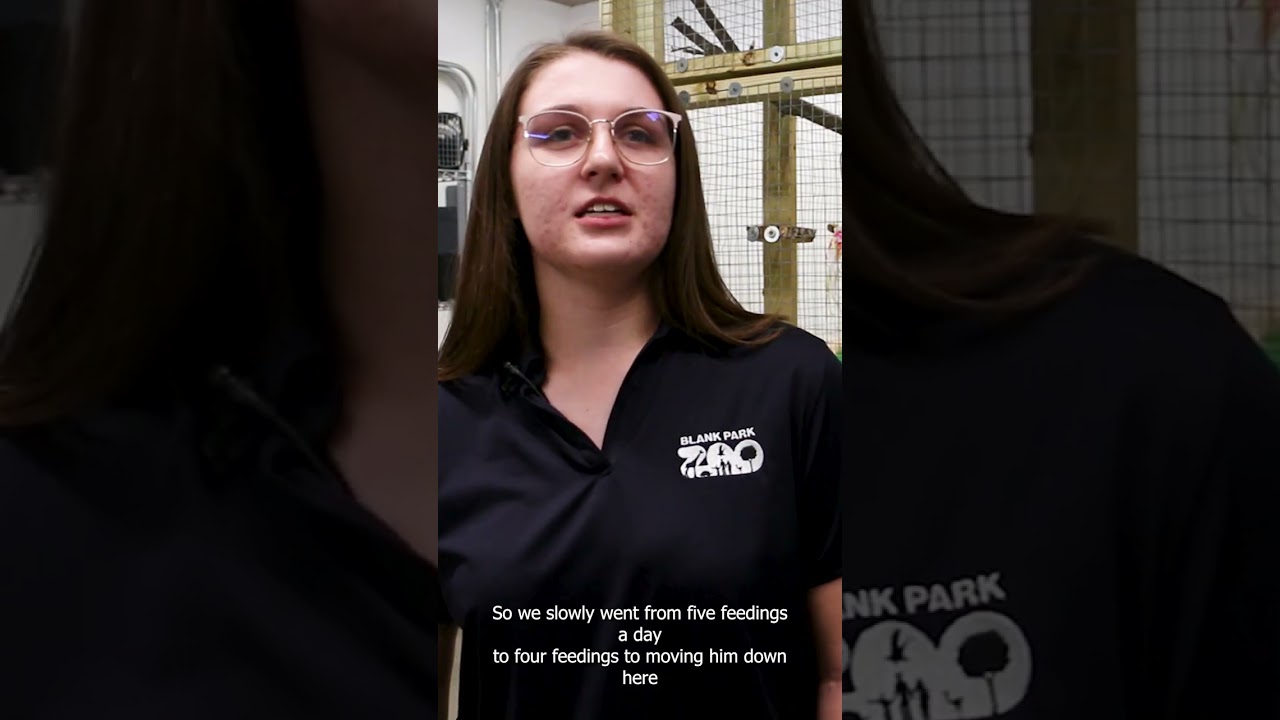– Introducing the new feathered citizen at Blank Park Zoo: the kookaburra, a bird known for its unique call miming human laughter.
– Discover the intricate process of nurturing and raising a kookaburra to become an ambassador animal.
– Explore the significant role of ambassador animals like kookaburras in educational programs and raise awareness about wildlife conservation.
– Learn about kookaburras’ specific needs and behaviors that make them particularly adept at connecting with humans during educational encounters.
Have you ever been greeted with laughter the moment you stepped foot in the great outdoors? If that chuckle came from above, you might have been lucky to cross paths with nature’s comedian – the kookaburra. Recently, the family at Blank Park Zoo welcomed a new, somewhat boisterous member. Not a jester to entertain the crowds, but an ambassador with feathers, poised to enlighten and inspire: A kookaburra ambassador.
What does it take to raise such a creature to become an emissary of education and wildlife appreciation? Let’s look at this fascinating journey and how it cultivates connections between humans and the natural world.
From their arrival, kookaburras destined for such an honorable role undertake a nurturing path quite different from their wild counterparts. These iconic Australian birds are known for their distinctive, jovial call that resembles human laughter. Yet, behind their cheery disposition lies serious business. Raising a kookaburra ambassador entails an intentional, careful process that requires dedication and an in-depth understanding of their unique needs.
First and foremost, a young kookaburra begins its ambassador training shortly after it hatches. These early days are crucial for establishing a bond with human caretakers. Unlike their peers in the wild, ambassador kookaburras must become comfortable in the presence of humans – a foundational aspect of their eventual role in educational settings. Such familiarity is accompanied by consistent, gentle handling, ensuring the bird does not develop fear or stress around its human colleagues.
What ensues is a tailored dietary program. In the wild, kookaburras are carnivorous hunters, indulging in various rodents, reptiles, and insects. A proper ambassador diet mimics this variety to maintain the bird’s health and vitality. However, the feedings occur in a controlled setting, magic-wanding ‘wild dining’ into a schedule fit for a professional educator. This dietary planning extends to the development of ‘food for thought’ – incentive-based training techniques that engage the kookaburra’s instincts while reinforcing positive behaviors.
Another intriguing aspect of Kookaburra ambassadorship is their social education. These birds are naturally social within their family units, known as “coalitions.” Their ambassador training leverages this trait, teaching them to interact confidently and safely within human coalitions – their audiences. With patience and expertise, these birds learn to perch on handlers’ arms and respond to verbal cues while maintaining the individual quirks that make each one a delight to encounter.
Safety and comfort come hand in hand in Raising a Kookaburra Ambassador; each bird’s housing is thoughtfully designed to be a sanctuary and training ground. Enclosures mirror natural habitats, allowing for free-flight movements with the security of a controlled environment. Engaging toys and puzzles stir their wild instincts – keeping their minds sharp and their reflexes keener than ever.
Beyond their development, ambassador kookaburras serve a higher purpose in wildlife conservation education. These birds become living, breathing representatives of their species and Australian habitat by participating in outreach programs. Handlers come equipped with a charismatic bird on their arm and compelling stories and facts about the critical importance of preserving natural environments and respecting the wildlife within them.
Think of these kookaburras as living libraries, each interaction an opportunity to share a page from the vast book of nature. They challenge myths, ignite curiosity, and kindle a sense of stewardship for the natural world. Whether through the laughter their calls inspire or the awe their presence demands, ambassador kookaburras mold the minds of young and old alike, shaping a more conservation-conscious society.
Adding a new kookaburra ambassador to Blank Park Zoo symbolizes a steadfast commitment to that educational mission. Each presentation, each meeting of the eyes between bird and human, is a subtle nod to the interwoven tapestry of life. It’s an avenue where the wild heart meets the curious mind, promoting a dialogue of understanding and respect.
Sure, one might be entranced by the kookaburra’s comical call, marveling at how a sound akin to laughter can emerge from a beak rather than lips. Yet, therein lies the magic of ambassadorship in the feathery form – a reminder that joy, wonder, and education can be enveloped in a single moment, a laugh shared under the canopy of the wild or the sheltering roof of a zoo.
As the Blank Park Zoo’s program continues to bloom, so does the public’s fascination with the natural world, nurtured one kookaburra laugh at a time. To raise a kookaburra ambassador is to foster a bridge between humanity and nature. It’s to offer a winged hand in the journey to conservation and understanding, all while underscoring that laughter might be the universal language that binds us all.
In the shaping hands of their human handlers, through the meticulous process of their upbringing, kookaburras become far more than mere birds; they become beacons of hope and education, laughter and learning intertwined. So, next time you hear a kookaburra’s call, may you remember the unseen story of its kin – ambassadors of the wild, whose every chuckle reminds us of the joyous responsibility we carry: to safeguard the laughter of the Earth.
*****
Source Description
The Ambassador Animals program got a new resident! Learn about how kookaburras make great educational animals.


